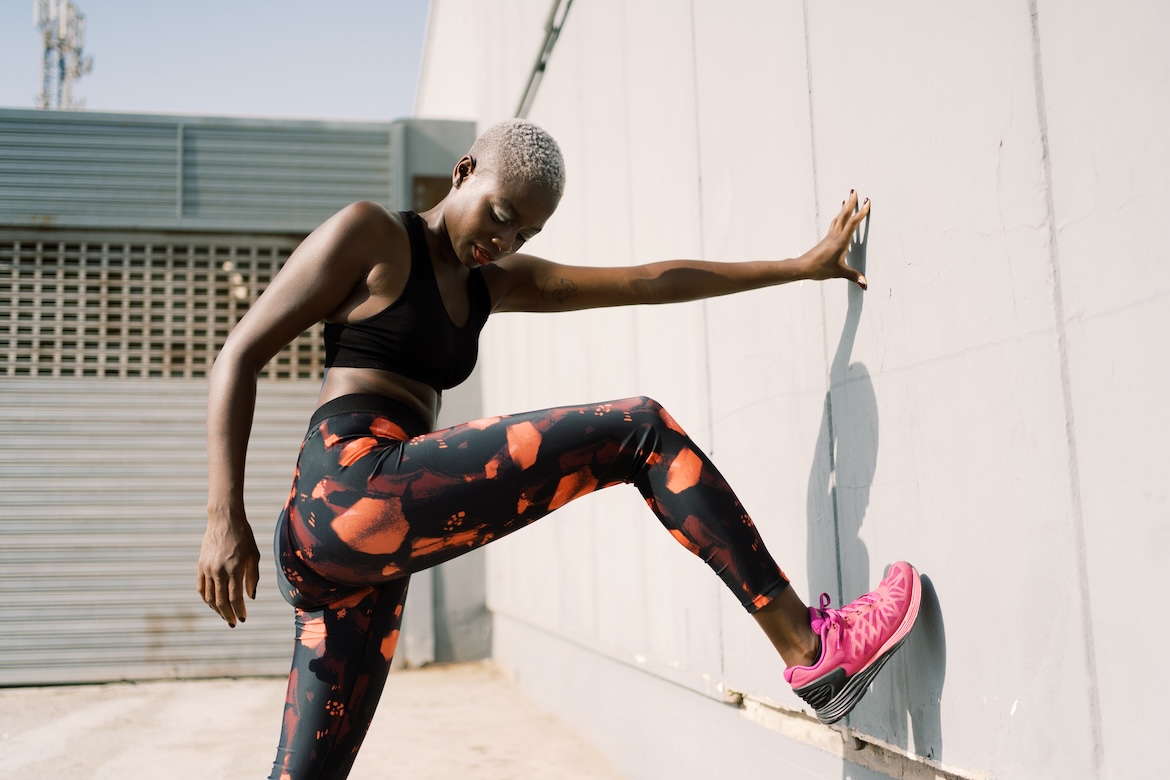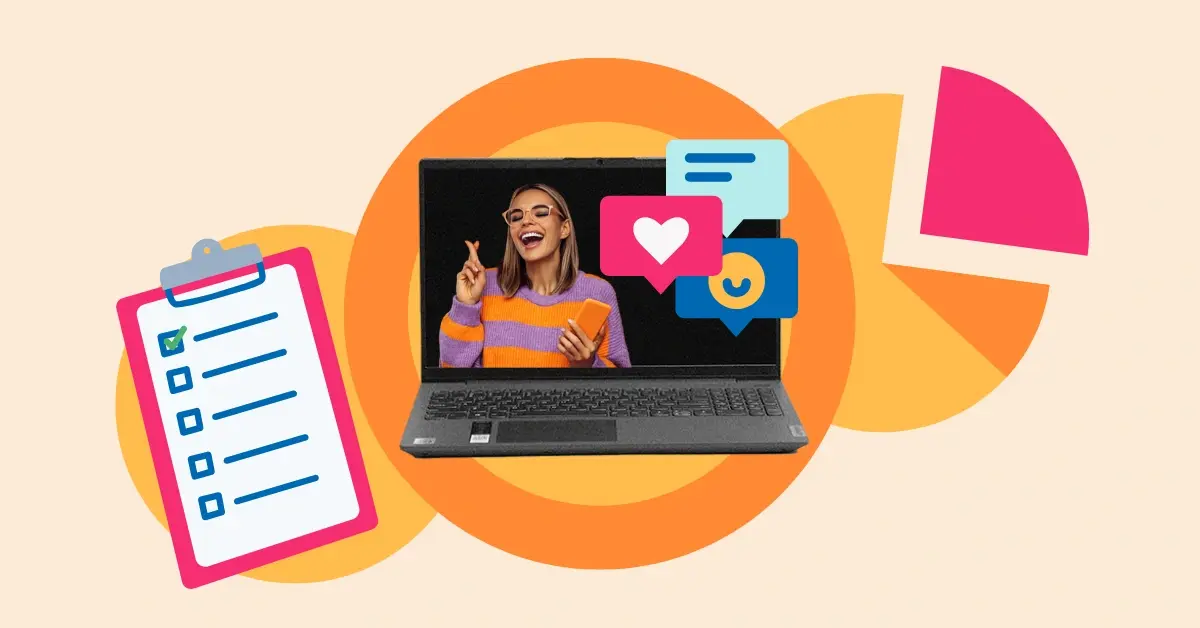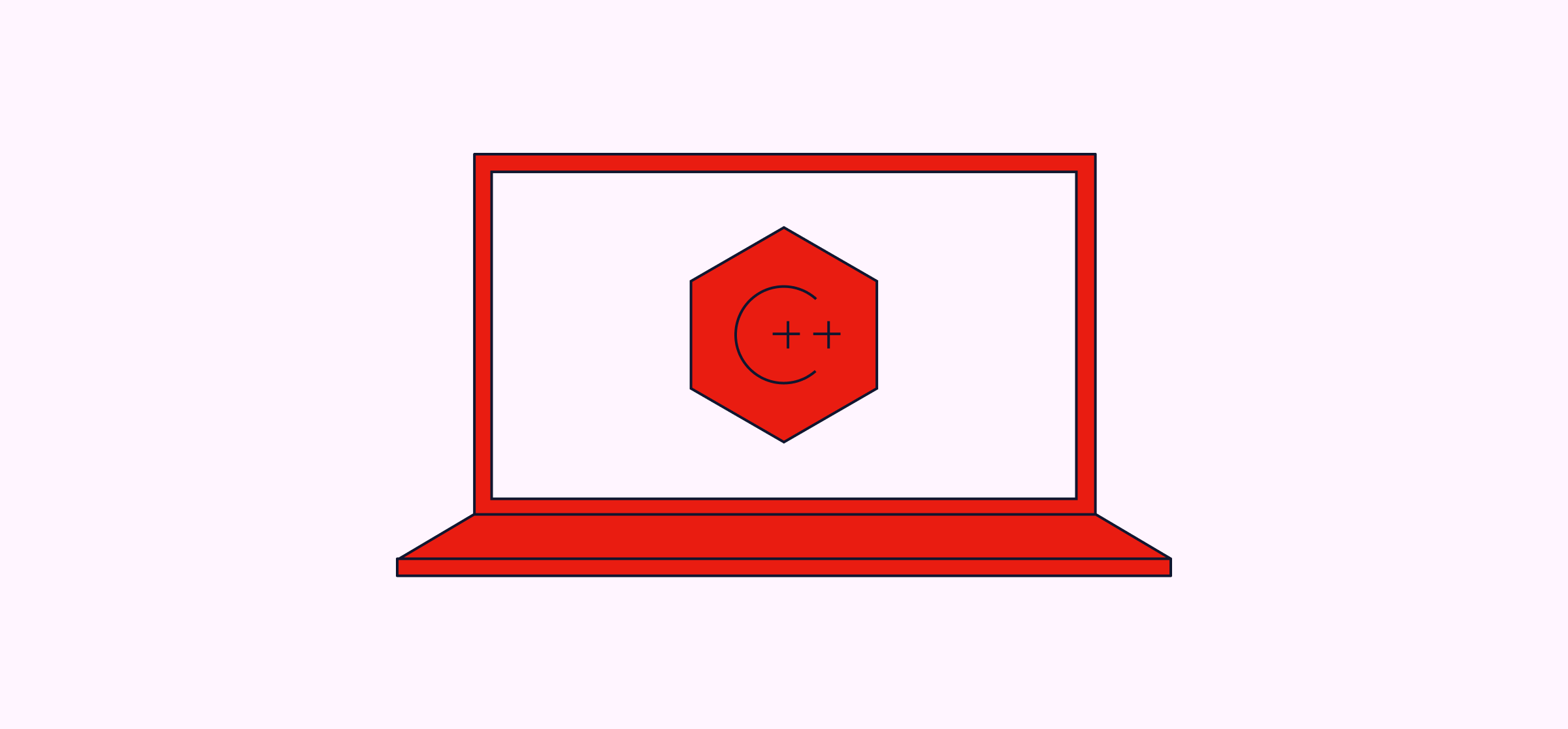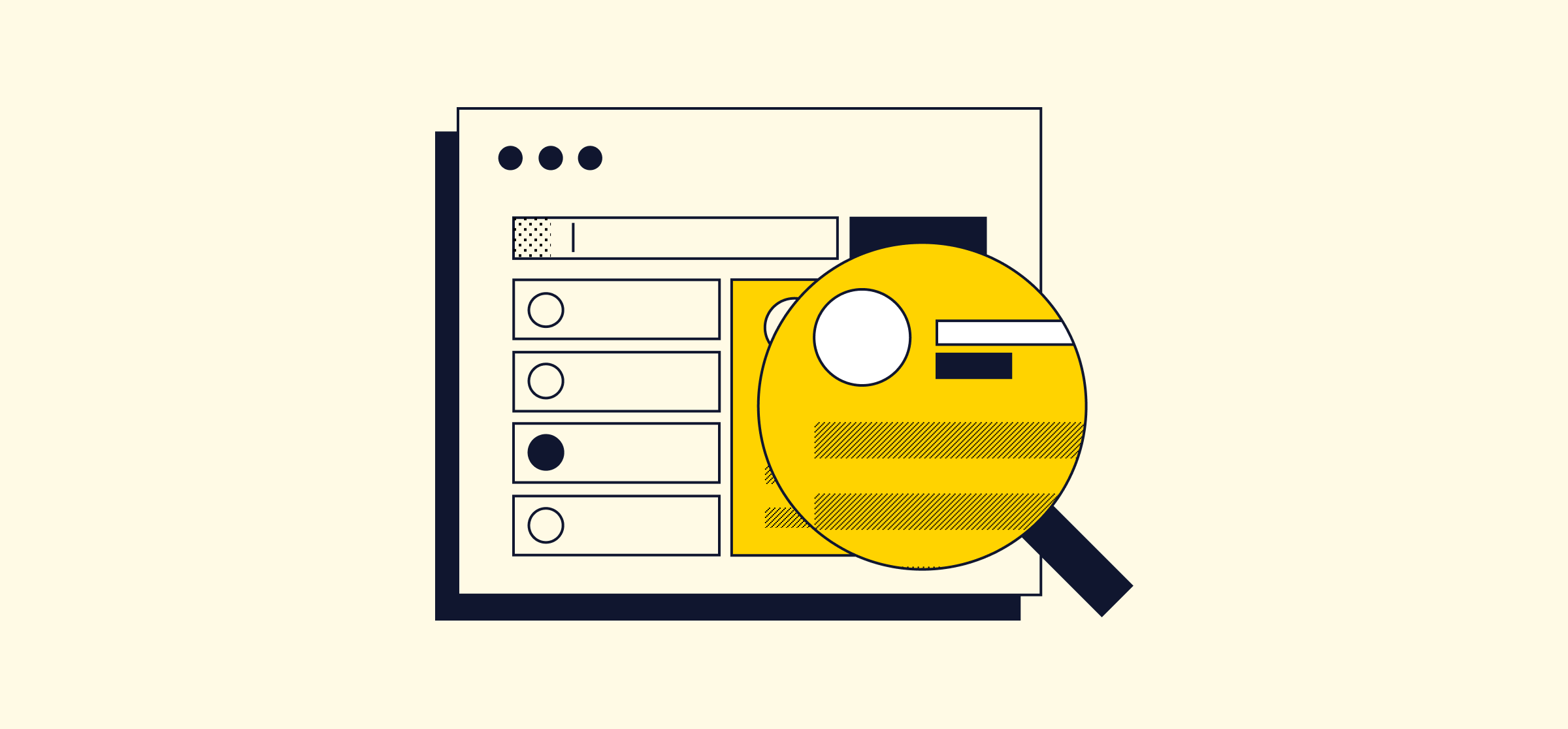The 11 Best Gluteus Medius Exercises for Healthy Hips and Strong Buns
Ignoring these can bite you in the butt.

When we think about our butt muscles, the gluteus maximus usually gets all the glory. The largest and strongest of the bunch, this baby takes most of the responsibility for creating a powerhouse backside (and that perky peach shape).
But the muscle that most of us actually need to pay more attention to is the gluteus medius. Located along the sides of the hips, sitting just under the gluteus maximus, it may not be as big as its neighbor with the more impressive name. Yet neglecting gluteus medius exercises can come back to bite you in the, well, butt.
“It’s stabilizing all of your [lower-body] joints,” says personal trainer Holly Roser, CPT. “The first thing we look at with injury prevention is strengthening your glute medius.”
Why you want strong gluteus medius muscles
The glutes in general often end up weak and underused because most of us spend so much time in chairs and couches and cars.
“If you spend all day sitting on your muscle, you’re obviously not using it,” says fitness coach Jill Goodtree, CPT. When we do get up after several hours seated, our “dead butt” might not activate properly, leaving us a little wobbly—and weaker there over time.
The gluteus medius in particular plays a major role in helping to stabilize the hips, particularly when you’re on one leg, like when you’re transferring your weight from one foot to the other as you walk or run. When it’s not firing right, your hip might drop when you take a step, which can lead to a whole host of issues like low back pain, IT band syndrome, shin splints, and plantar fasciitis.
“Anything where you’re moving your feet quickly and you don’t want to fall—like hiking or running, Zumba, step class, rollerblading—you want to stabilize your glute medius,” says Roser.
The 11 best gluteus medius exercises
While many exercises can partially engage the gluteus medius, when you really want to strengthen this muscle, it pays to zero in on it with targeted moves so you know other muscles aren’t doing the work. “You really want to isolate this body part,” says Roser. “You want to be able to feel it.”
“You really want to isolate this body part.”—Holly Roser, CPT
Here are 11 gluteus medius exercises that Roser and Goodtree recommend for feeling the burn right where you want it, demonstrated by Goodtree and Amanda Gabriella Ang, DPT. They range from beginner-friendly moves to more advanced challenges.
To know when it’s time to up the ante, Goodtree gives this guideline: “The last couple of reps of your set should feel quite challenging,” she says. “If you can do like a million reps of the same exercise, it might be time to increase the intensity.” That might mean adding a resistance band or ankle weight, or introducing an unstable element like a Bosu ball.
1. Clamshell
- Lie down on a mat on the floor on your side, with your hips and knees bent. Keep your hips stacked on top of each other without tilting forward or back, and make sure your head, hips, and feet are in one line.
- Keeping your ankles together, slowly raise the top knee toward the ceiling, then return.
- Do 3 sets of 15 on each side.
To find the proper position, Roser suggests taking advantage of a wall. “Bring your entire body—your feet, your glutes, your upper back, and your head—and push [them] up against the wall,” she says. This will ensure everything’s in one straight line so you’re really isolating the gluteus medius.
2. Banded clamshell
- Lie down on the floor on your side, with your hips and knees bent, resting on your right elbow and lifting up through your obliques to keep your spine long.
- Wrap a mini-band around your thighs, just above the knees. Keep your hips stacked without tilting forward or back, and make sure your head, hips, and feet are in one line.
- Keeping your ankles together, slowly raise the left knee toward the ceiling, then return.
- Do 3 sets of 15 on each side.
3. Side-lying hip abduction
- Lie down on the floor on your side with both legs out straight, and your top hand lightly holding onto the floor in front of you to maintain your balance.
- On an exhale, lift the top leg straight up to just above the hip joint. Make sure your knee stays pointing forward, and your hips stay stacked on top of one another.
- Bring your leg back down on an inhale.
- Do 2 sets of 10 on each side.
4. Side-lying hip abduction with ankle weights
- Wrap a 2- or 5-pound ankle weight onto each leg.
- Lie down on the floor on your side. Bend your bottom leg, keep your top leg straight, and hold onto the floor in front of you with your top hand to maintain your balance.
- On an exhale, lift your top leg straight up to just above the hip joint. Make sure your knee stays pointing forward, and your hips stay stacked on top of one another.
- Bring your leg back down on an inhale.
- Do 2 sets of 10 on each side.
5. Standing abduction
- Stand with your feet hip-width apart, knees slightly bent, shoulders back, and feet pointed straight ahead.
- On an exhale, lift one leg straight out to the side while keeping your hips level, going as high as you can without using momentum or losing your balance.
- Slowly return to the start on an inhale.
- Do 3 sets of 10 on each leg.
Roser suggests starting with no weights, then adding a 2-pound ankle weight, and eventually progressing to a 5-pound weight, if you can. “Something where it’s comfortably challenging,” she says. Just be sure you can maintain proper form.
6. Lateral lunge
- Stand with your feet hip-width apart.
- Step your right leg about 2 to 3 feet out directly to the side, landing on a bent leg with your hips pushed back so your thigh is parallel to the ground.
- Push through the right foot to return to the start.
- Do 8 to 12 reps on each side, completing 3 to 5 sets total.
7. Lateral lunge with a knee drive
- Stand with your feet hip-width apart.
- Step your right leg about 2 to 3 feet out directly to the side, landing with your right leg bent and with your hips pushed back so your right thigh is parallel to the ground.
- Push through your right foot to bring your weight back to your left leg, bringing your right knee up toward your chest.
- Hold your balance for a second, then repeat.
- Do 8 to 12 reps on each side, completing 3 to 5 sets.
8. Lateral step-up
- Stand sideways next to a step or a stair.
- Lift your foot that’s closest to the step, and lift it up and over onto the step. Bring your weight up onto the step. Bring your other foot to meet it. Make sure both feet are pointing straight the whole time.
- Come back down, bringing both feet together again off of the step.
- Do 2 sets of 10 on each leg.
9. Monster walk
- Stand with your feet hip-width apart, and loop a mini band around your thighs just above your knees.
- Sit back into a shallow squat.
- Step to one side, increasing resistance on the band. Keep both feet pointed straight ahead.
- Bring the feet back to hip-width apart.
- Repeat 10 times in each direction, completing 2 sets on both sides.
10. Single-leg balance on a Bosu ball
- Stand on top of the bouncy part of a Bosu ball on one leg, lifting your other foot a couple of inches off the Bosu. Keep a slight bend in your knee, and slightly tuck your pelvis.
- Hold for 30 seconds, and repeat for a total of 2 sets on each leg.
11. Foam rolling
Although this move doesn’t activate the muscle like the other gluteus medius exercises on this list, it can help keep the consequences of a weak gluteus medius at bay. “Your surrounding muscles are trying to overcompensate to prevent the pelvis from dropping,” explains Roser. “This leads to tight muscles, and tight muscles lead to injury.”
- Sit on the top of a hard foam roller. Rest your left ankle across your right knee.
- Roll back and forth over your right glutes, and turn side to side, lingering a little longer on any spots that feel extra tight.
- Spend 30 seconds on each side, and repeat 2 times on each side.
How long it takes to see results
Goodtree recommends working some of these gluteus medius exercises into your workouts at least two or three times a week. With regular practice, you should start to feel your hips getting stronger and more stable within a month or two.
If you’re struggling, Goodtree recommends booking a session with a personal trainer or physical therapist. Given the major impact the gluteus medius can have on our bodies and how comfortably we move through life, don’t just wing it if you’re not sure how to best strengthen this muscle. “When in doubt,” says Goodtree, “ask a person.”
What's Your Reaction?









![13 YouTube Description Templates That Have Helped Our Videos Go Viral [+ Examples]](https://www.hubspot.com/hubfs/youtube-description-template_8.webp)































.png)







































